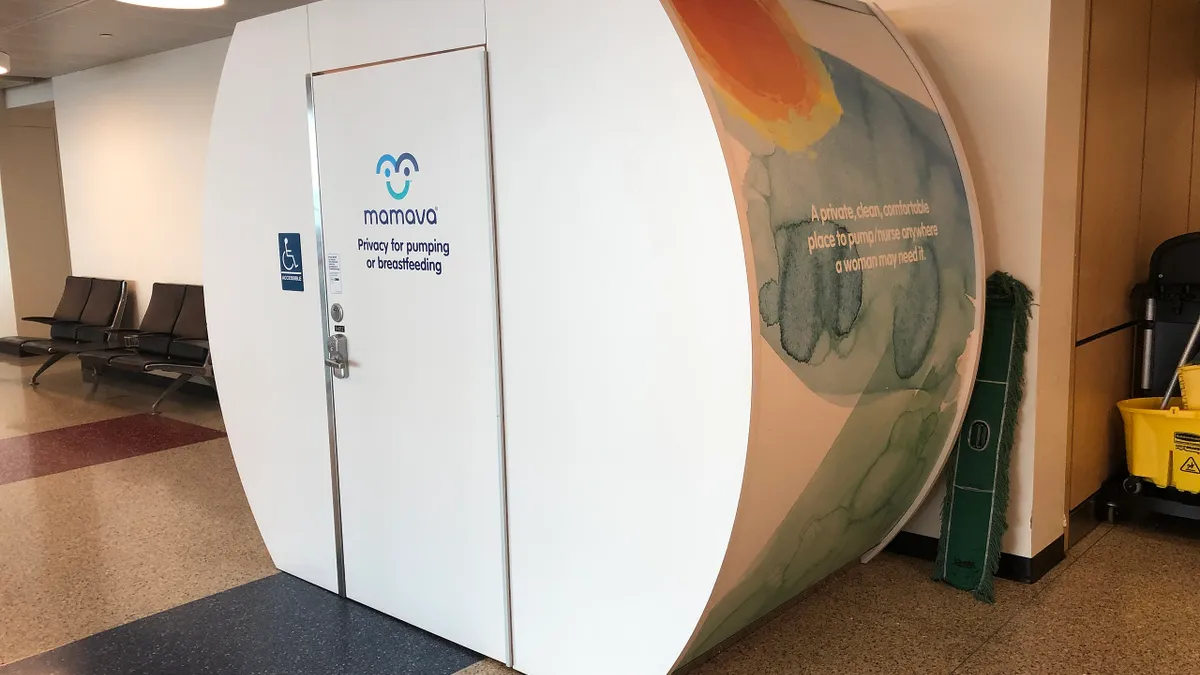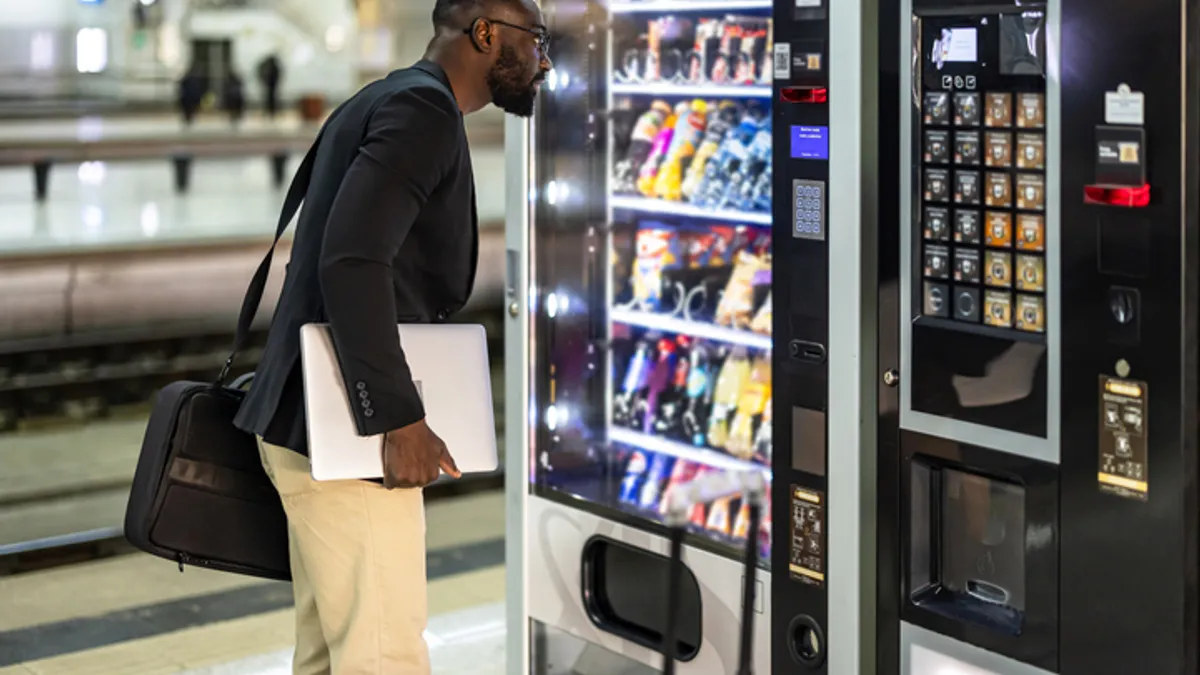A recently passed New York law updating the state’s workplace lactation accommodation requirements will take effect June 7, 2023.
Senate Bill S4844B specifies that employers must provide a room or other location for employees who need to pump at work that is well lit, shielded from view, free from intrusion by others in the workplace and is in close proximity to the work area. This space must include:
- A chair.
- A working surface.
- Access to clean, running water.
- Access to an electrical outlet and refrigeration, if the workplace has access to these amenities.
The law also states that the room or location used to meet these requirements may not be a restroom or toilet stall.
Can employers use a multipurpose room?
Overall, S4844B’s changes make New York’s requirements slightly more employee-friendly, according to Dolly Clabault, human resources editor at J.J. Keller & Associates. But that may not be too much of an adjustment given that a majority of states have statutes on breastfeeding in the workplace. Previously, New York required employers to make “reasonable efforts” to provide a room or other location to express breast milk.
At the federal level, the amended Fair Labor Standards Act requires employers to provide reasonable break time as well as locations other than bathrooms for pumping at work.
S4844B’s requirements may seem straightforward, but the law leaves unanswered the question of whether employers could designate, as a lactation room or space, a room that is used for other accommodation purposes, such as for religious observance or practice, said Devjani Mishra, shareholder at Littler Mendelson.
Use of a shared space or room could work if the employer develops a way for employees to reserve the space using a schedule, she noted, while making clear that the employer generally favors the use of the shared space for lactation over other purposes.
S4844B does state that, if the room or location is used for purposes besides pumping, it “shall be made available” to employees who need to pump when they need to do so and “shall not be used for any other purpose or function while in use by such employee.”
“What’s really envisioned here is that employers and employees are going to talk it out and come up with something that makes sense,” Mishra said.
Clabault agreed that S4844B leaves open the question of employers using a shared space versus a space that is reserved exclusively for pumping. She added that employers could make shared spaces that have door knobs which indicate when they are occupied or in use.
“It’s totally up to the employer and their facility,” Clabault said. “It could be a multipurpose room that is not dedicated solely to this purpose. If it is, then breastfeeding mothers get first dibs.”
Undue hardship exemption
Like other workplace accommodation laws, S4844B provides that an employer still must “make reasonable efforts” to provide a lactation room or space that fits the law’s criteria if doing so would impose an undue hardship on an employer.
The law further defines undue hardship to be that which causes significant difficulty or expense when considered in relation to the size, financial resources, nature or structure of the employer’s business. But meeting the expense threshold to demonstrate undue hardship may be difficult, Mishra said; “Cost is almost never going to be enough to meet undue hardship.”
Instead, she said employers might see undue hardship come more into play with respect to the impact of lactation breaks on scheduling. “If you have to schedule these breaks daily for a long period of time, that might be tricky to figure out,” Mishra added. “It depends on the nature of the job, duties [and] whether there are people who can cover during that period of time.”
But lactation accommodation laws generally emphasize the need for employers and employees to be creative in coming up with solutions that work for employees who need an accommodation, Mishra said. If, for example, a smaller employer operating a nonoffice worksite has trouble finding a space that could function as a lactation room, other possibilities may include using a tent or some other kind of partition to help meet S4844B’s requirements. Other equipment — for instance, a minifridge — may prove inexpensive and accessible to employers.
Another state-level compliance trend to watch
New York’s law adds to an already complex landscape of state accommodation laws, prompting multistate employers to decide how they will handle the issue of lactation spaces across different jurisdictions, Mishra said.
“That is going to be a challenge for HR,” she added. “How do we set the baseline? What experience do we want to provide?”
Toward the end of 2022, Congress passed the Pregnant Workers Fairness Act as well as the Providing Urgent Maternal Protections for Nursing Mothers Act, or PUMP Act. The former requires employers to provide reasonable accommodations to job applicants and employees with known limitations caused by pregnancy, childbirth and related medical conditions. The latter expands workplace pumping protections, but not to the same extent as laws like S4844B.
Despite all the new requirements, it may prove advantageous to improve organizational support for working parents anyway, said Clabault and Mishra.
“Different things are going in different industries in terms of hiring and staffing challenges,” Mishra said, “but in those that are trying hard to attract employees, they’re going to look at, ‘What accommodations can we make to attract working parents?’”























